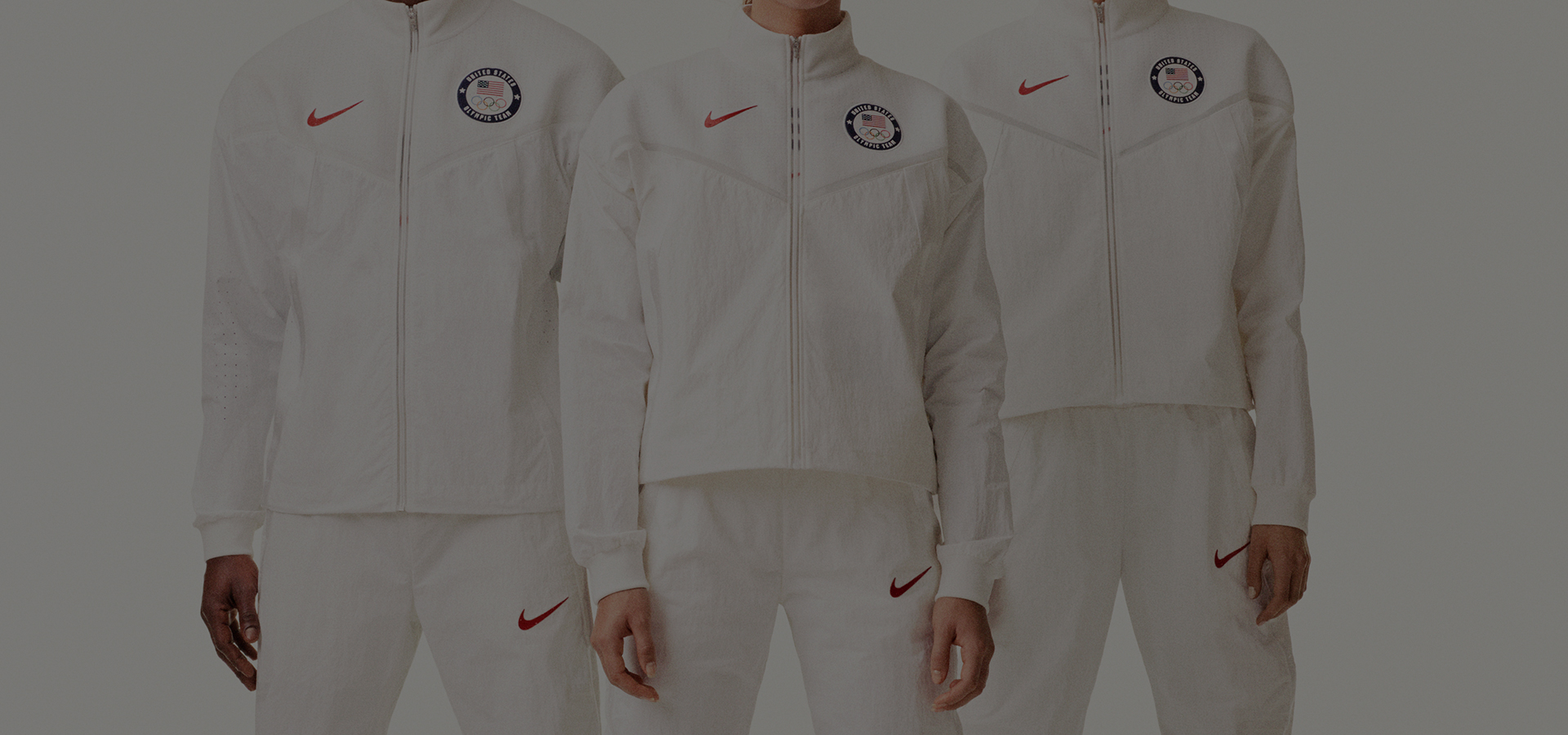In today’s fragile and ever-changing climate, achieving the balance of responsibility and growth is a challenge placed in front of the world’s most powerful brands. We as consumers rely heavily on large corporations to conduct daily life, and the truth is, consumers are inherently more concerned about quality and price than anything else. That said, the burden of creating environmentally low-impact products without compromising standards of craftsmanship and innovation falls solely on the actual company, and whether or not its shares the concerns of the public is a decision entirely up to them because implementing new practices can take years, and efforts of this magnitude flat out cost money and can get in the way of the profits.
Due its influence in the global market and the sheer amount of Swoosh’ed product manufactured annually, Nike is among the few brands that can take calculated steps to shift the trends of climate change. Embarking on a “Road To Zero” mission to reduce its carbon footprint, the Beaverton-based company is looking to achieve zero waste by the end of 2020, power its worldwide facilities with 100% renewable energy by 2025, and phase out single use plastic completely. Furthermore, since 2012, Nike has recycled billions upon billions of plastic bottles into football kits, yarns for for footwear, and more.
Nike is quite obviously not alone in these eco-friendly initiatives as its competitors as well as other fashion clothing brands are also engaged in these types of practices. But for Nike, there’s an added motive. It’s also about preserving the world for the future of sports, because climate change has been proven to directly effect activity. The upcoming Tokyo Olympics stands to be the hottest Games, and it doesn’t need to be explained why high heat and humidity will directly affect the performances of the athletes. We may be deprived of shattered world records and other unthinkable feats due to the temperature, as preparatory aspects such as hydration and diet will be even more paramount. According to Nike, the optimal temperature for marathons is 50 degrees F. An additional 10 degrees adds 90 seconds to finishing times, so it wouldn’t be a shock of none of the Olympians finish anywhere close to the two hour mark. Additionally, footballers are experiencing 20% more “extremely hot days” compared to 1990, and by 2050, it is projected to be 70%.
As a result, Nike is aiming to do a lot more with a lot less and establish higher standards of performance with the least amount of impact on the planet. But while it’s one thing to use recycled plastics and polyester, it’s another to actually be better with them. A key to Nike’s continuing devotion to innovative advancement is with measurable improvements, moving beyond the theoretical and into measured gains brought on by maximal energy return. Take the VaporFly NEXT% series for example; the ergonomic design and thoughtful structure has been proven to be such a game-changer that World Athletics almost banned it from the Olympic Games. The scary part about it is that the NEXT% series is only getting better as it continues to be tweaked and enhanced in ways that benefit the runner, and those principles will soon be employed in other sports categories. Flyease, originally created as a one-handed easy-entry option for individuals with challenges, will soon become the primary option of wear.
The Olympics have always served as a take-off point for new innovation, but the Games are by no means a destination for Nike. Leading up to the 2020 Games in Tokyo, they’ll deliver a series of high-performance and lifestyle-friendly footwear that combine all of the above – measurably better, inclusive, and focused on sustainability. These new standards must be applied across the entire company moving forward, not just on its top-tier product, and the brand has committed itself to that pursuit.

